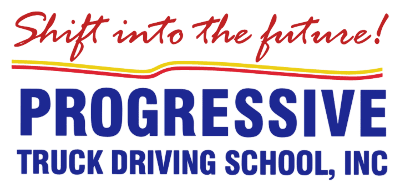The Real Cost of CDL Training: What You’ll Pay and What You’ll Get
The Financial Commitment Behind CDL Training
Embarking on a career in commercial driving is an exciting venture, but it’s essential to understand the financial aspects involved. The cost of CDL training can vary widely based on factors like location, school, and program specifics. Being informed about these costs ensures you make a sound investment in your future.
What CDL Training Typically Includes
Understanding what you’re paying for is crucial. A comprehensive CDL training breakdown typically encompasses:
- Classroom Instruction: Covering federal and state regulations, safety protocols, and vehicle operation basics.
- Behind-the-Wheel Training: Hands-on experience driving commercial vehicles under various conditions.
- Testing Preparation: Guidance and practice for both written and practical exams.
- Additional Resources: Access to study materials, simulators, and sometimes job placement assistance.
These components collectively contribute to the overall CDL training value, equipping students with the necessary skills and knowledge for a successful driving career.
Breakdown of Tuition and Additional Costs
The CDL school tuition can range significantly:
- Community Colleges: Often offer programs between $1,000 and $5,000, providing a cost-effective option.
- Private Truck Driving Schools: These can range from $3,000 to $10,000, depending on the program’s length and comprehensiveness.
- Company-Sponsored Training: Some companies offer “free” training programs, with the agreement that you’ll work for them for a specified period post-training.
Beyond tuition, be prepared for additional CDL license training fees, which may include:
- Permit and Licensing Fees: Costs for obtaining your commercial learner’s permit and CDL.
- Medical Exams and Drug Testing: Mandatory health checks and substance screenings.
- Study Materials: Books, online resources, and other educational tools.
- Equipment: Some programs may require you to purchase or rent specific gear.
It’s essential to factor in these expenses when evaluating how much is CDL school in your area.
Financial Aid and Tuition Assistance Options
Pursuing affordable CDL training is possible through various financial aid avenues:
- Federal and State Grants: Programs like the Workforce Innovation and Opportunity Act (WIOA) offer funding for eligible individuals.
- Scholarships: Some organizations and schools provide scholarships based on merit or need.
- Veterans’ Benefits: If you’re a veteran, you may qualify for educational benefits to cover training costs.
- Employer Sponsorships: Certain companies offer to pay for CDL training in exchange for a work commitment.
Exploring these financial aid CDL school options can significantly reduce out-of-pocket expenses and make training more accessible.
The Return on Investment of CDL Training
Investing in CDL training can lead to a rewarding career with substantial earning potential. Entry-level drivers often start with salaries ranging from $40,000 to $50,000 annually, with opportunities to earn more as experience and endorsements are gained.
Beyond financial gains, the CDL school costs and benefits include job stability, travel opportunities, and the satisfaction of playing a crucial role in the economy. The skills acquired during training open doors to various positions within the transportation industry.
Making the Smartest Decision for Your Future
Understanding the cost of CDL training is a vital step in planning your career in commercial driving. By evaluating tuition, additional fees, and available financial aid, you can make an informed decision that aligns with your goals and budget.
Remember, investing in quality training is investing in your future. With the right preparation and resources, you’ll be well on your way to a successful and fulfilling career on the road.



